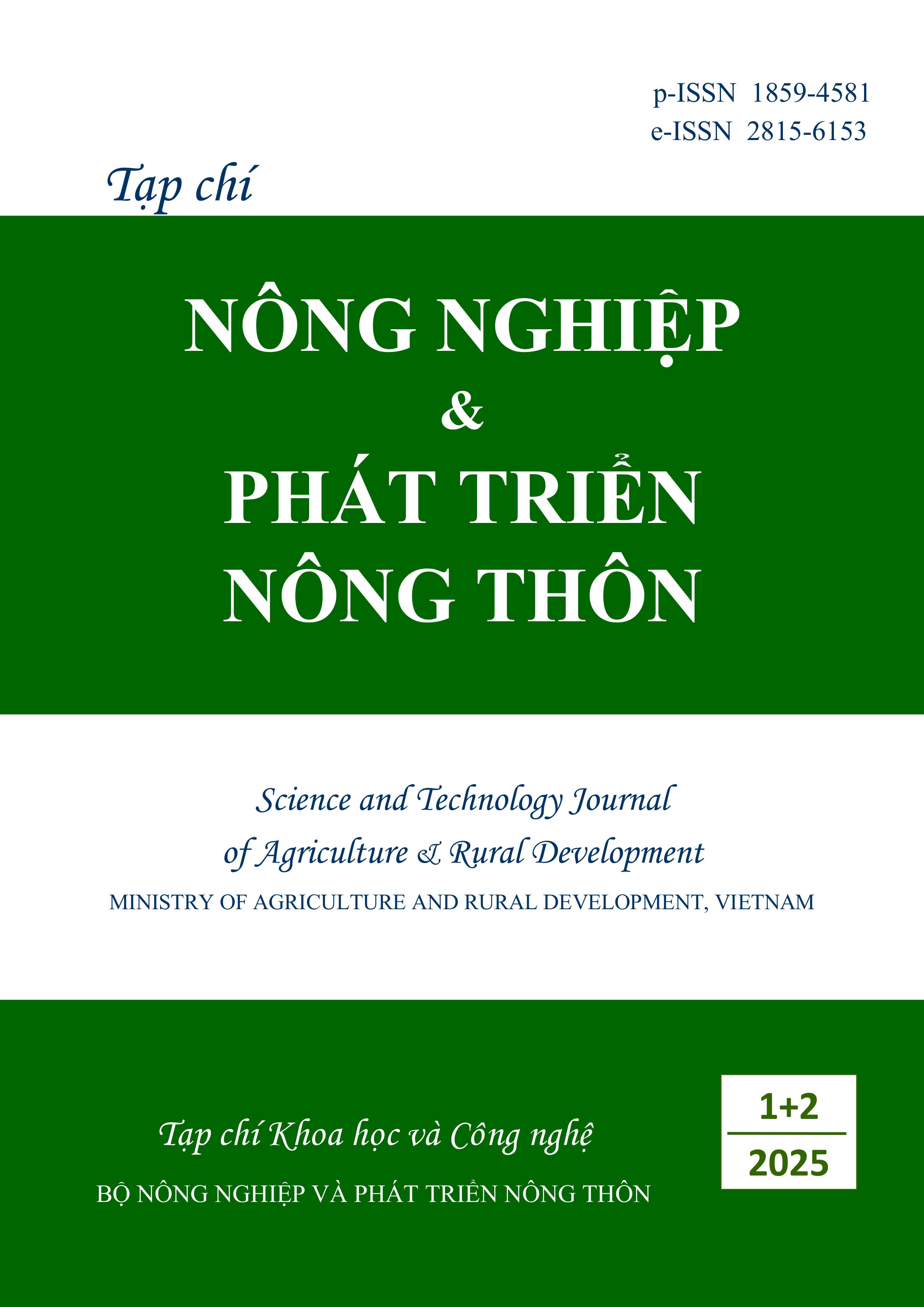SOIL MOISTURE SENSOR IMPROVES WATER USE EFFICIENCY AND YIELD OF THE UPLAND CROP UNDER CONDITIONS OF DROUGHT AND SALINE WATER INTRUSION IN THE VIETNAMESE MEKONG DELTA
DOI:
https://doi.org/10.71254/zspk5c47Keywords:
Chameleon, drought, soil moisture sensor, saltwater intrusion, water savingAbstract
Finding alternative crops and applying advanced technological solutions to adapt to drought and salinity conditions is of utmost urgency in the Vietnamese Mekong delta (VMD). The Chameleon soil moisture sensor (Chameleon) was applied to monitor soil moisture providing information for crop irrigation decisions. The greenhouse trial was conducted to investigate the influence of soil moisture sensors on beetroot (Beta vulgaris L.) cultivation regarding water use, soil salinity, growth, and yield in conditions experienced throughout areas of the VMD spatially affected by salinity and drought. Beetroot was irrigated with either regular irrigation keeping the soil wet to mimic conventional farmers' irrigation in the VMD or using Chameleons to schedule irrigation as required. Additionally, irrigation treatments were applied using saline water concentrations of 0‰, 0.5‰ and 1‰ as salinity of irrigation water is a problem in the VMD. In comparison with conventional irrigation, Chameleons helped to save 45.1%, 52% and 53.8% of water applied for the non-saline, 0.5‰ and 1‰ treatments respectively, without yield compromise. Irrigation scheduling with Chameleons also resulted in significantly less soluble sodium but more available nitrogen being present in the soil 50 days after sowing compared to conventional irrigation. These findings suggest that the use of Chameleon can aid in the provision of food security and households’ livelihoods under complex climate change contexts.






